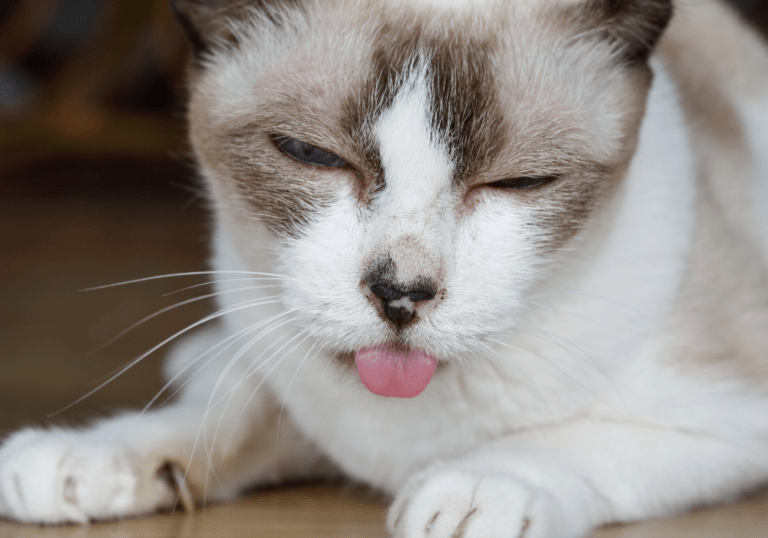Feline Stomatitis: Treatments for Your Cat's Oral Health

Cats are known for their stoic behavior, often hiding any signs of discomfort. However, if your feline friend is exhibiting symptoms such as reluctance to eat, excessive drooling, or avoidance of grooming, it might be suffering from a serious condition known as feline stomatitis. This debilitating oral disease can lead to severe pain and requires prompt treatment.
What is Feline Stomatitis?
Feline stomatitis is an inflammatory condition affecting the oral mucosa—the soft tissue lining a cat’s mouth. While the exact cause remains unclear, it is believed to be an immune-mediated disease, often triggered by underlying issues such as gingivitis and periodontal disease. Depending on the location of the inflammation, stomatitis may also be referred to as faucitis or caudal mucositis.
This painful condition can affect cats of any breed and age, making it essential for pet owners to be vigilant about their cat’s oral health.
Recognizing the Symptoms
Symptoms of feline stomatitis can vary, but common signs include:
- Reluctance to eat or drink
- Excessive drooling
- Bad breath
- Unusual grooming habits
- Visible oral lesions or inflammation
If you notice any of these symptoms, it is crucial to consult our doctors at Willow Glen Pet Hospital as soon as possible.
Treatment Options for Feline Stomatitis
The treatment approach for feline stomatitis largely depends on the severity of the condition. Here are some of the most common treatments:
1. Dental Prophylaxis
For mild cases, a dental prophylaxis under anesthesia may be recommended. This procedure involves a thorough cleaning of your cat’s teeth to remove plaque and tartar buildup. After cleaning, you may be advised to apply a chlorhexidine gel to control bacteria in the mouth. It’s important to take dental X-rays during this procedure to assess any tooth resorption, which can contribute to inflammation and pain.
2. Tooth Extractions
In more advanced cases of feline stomatitis, extraction of all or most of the affected teeth may be necessary. While this might seem extreme, many cat owners find that it effectively cures the stomatitis rather than just managing it. If the removal of molars and pre-molars does not resolve the issue, additional extractions of the canines and incisors may be required. To ensure complete treatment, dental X-rays are vital during extractions to avoid leaving any remnants of teeth that could perpetuate inflammation.
3. Treatment of Osteomyelitis
In some cases, stomatitis may lead to osteomyelitis, a serious infection of the bone surrounding the teeth. This condition requires more intensive treatment, including the removal of diseased bone and allowing healthy tissue to regenerate.
Final Thoughts
Feline stomatitis can be a painful and debilitating condition for cats, but with timely intervention and the right treatment plan, it can be effectively managed. If you suspect your cat may be suffering from oral pain or any symptoms of stomatitis, don’t hesitate to consult our doctors at Willow Glen Pet Hospital for a thorough evaluation and appropriate treatment options.
If you need more help or have any questions, call us at Willow Glen Pet Hospital, (669) 342-7472, 1033 Willow Street, San Jose, CA, 95125, US.
Hours: Monday – Saturday 8:00 am – 6:00 pm. Dr. Gillon or Dr. Shani are here to assist you, or visit us online for more information.
